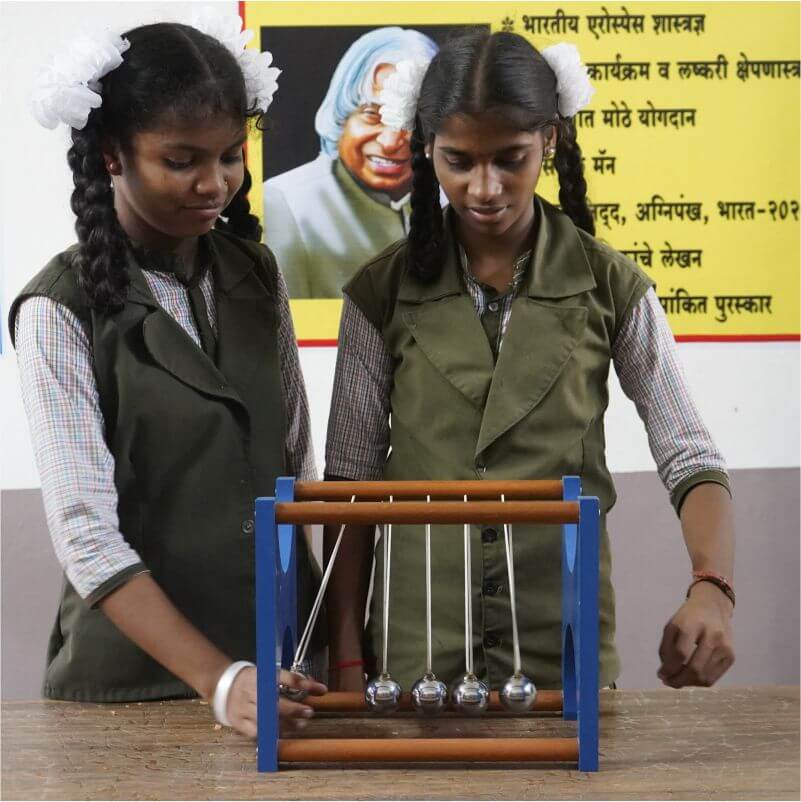As the world becomes increasingly driven by technology and innovation, an early introduction to STEM (Science, Technology, Engineering, and Mathematics) can help shape children’s futures, sparking curiosity and laying the foundation for critical thinking and problem-solving skills. In recent years, educators and parents alike have recognised the value of STEM education for young minds. Here, we’ll explore fun, age-appropriate activities that can bring STEM concepts to life and inspire children to think creatively about the world around them.
1. Science: The Magic of Chemistry with DIY VolcanoesCreating a DIY volcano is a classic activity that excites children and illustrates basic chemistry principles. All you need is baking soda, vinegar, dish soap, and food colouring. Shape a mound of clay or mud around a small container, pour baking soda into the container, and add a splash of vinegar mixed with food colouring and dish soap. As the reaction occurs, children can observe the ‘eruption’ and learn about chemical reactions in a fun and memorable way. Activities like this can make science tangible and exciting, leaving kids eager to explore other science experiments.
2. Technology: Build a Simple CircuitBasic circuit-building is a fantastic introduction to technology and engineering, teaching children the fundamentals of electricity. Using a battery, copper wire, and a small light bulb, children can connect the components to create a working circuit. A simple setup like this teaches them about electricity flow, while also introducing essential safety measures when handling electrical devices. For younger children, using battery-powered kits with LED lights and switches is a safe and practical option. As they progress, they can experiment with different circuit arrangements and even incorporate switches or buzzers.

3. Engineering: Balloon-Powered Cars
Building a balloon-powered car is a fantastic way for children to learn about engineering and basic physics principles like force and motion. Using simple materials such as a plastic bottle, straws, bottle caps, and a balloon, children can construct their miniature vehicles. The setup is simple: attach the bottle caps as wheels, place a straw through the body of the bottle to act as an axle, and then secure a balloon at the rear of the car. As they inflate the balloon and release it, the air escaping propels the car forward. This activity is not only fun but also introduces children to concepts of propulsion and friction.
4. Mathematics: Fun with Patterns and ShapesMathematics can be intimidating, but it doesn’t have to be. Teaching children to recognise patterns and shapes helps playfully demystify maths. Children can create various patterns using building blocks, beads, or even items from around the house, helping them understand sequences, symmetry, and spatial awareness. Introducing simple geometry through tangrams or puzzles can be engaging and rewarding for slightly older kids. Activities like these not only make mathematics less abstract but also develop logical thinking skills that are essential in problem-solving.
Inspiring Future InnovatorsThe beauty of STEM activities is that they can be both educational and enjoyable, encouraging children to experiment and learn without the pressure of formal education. As parents and educators, creating a learning environment that celebrates curiosity and discovery is key. Simple activities like these, which can often be done at home or in the classroom with everyday items, help nurture an appreciation for science, technology, engineering, and maths.
To further support STEM education, we at Child Help Foundation have taken significant steps by building a Mini Science Centre and setting up computer labs for children in Maharashtra, Bihar and Silvassa. These centres and labs has benefitted 9000+ children. In addition, the foundation has organised a Science Festival at Daspalla, Odisha to inspire young learners, offering them hands-on experience with scientific concepts and interactive exhibits. Initiatives like these provide valuable resources and exposure, sparking interest in STEM fields for children in underprivileged communities.
Ultimately, introducing STEM concepts builds confidence, fosters a growth mindset, and opens pathways to new ideas. With the right encouragement and resources, children can grow up with a sense of wonder and a readiness to innovate, taking steps toward becoming the problem-solvers, thinkers, and creators of tomorrow.
